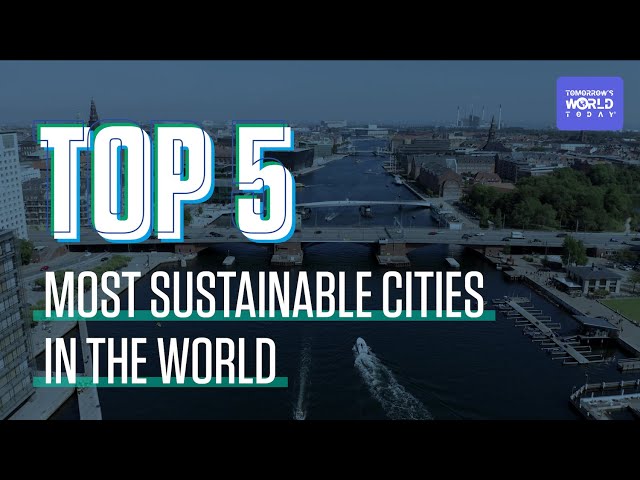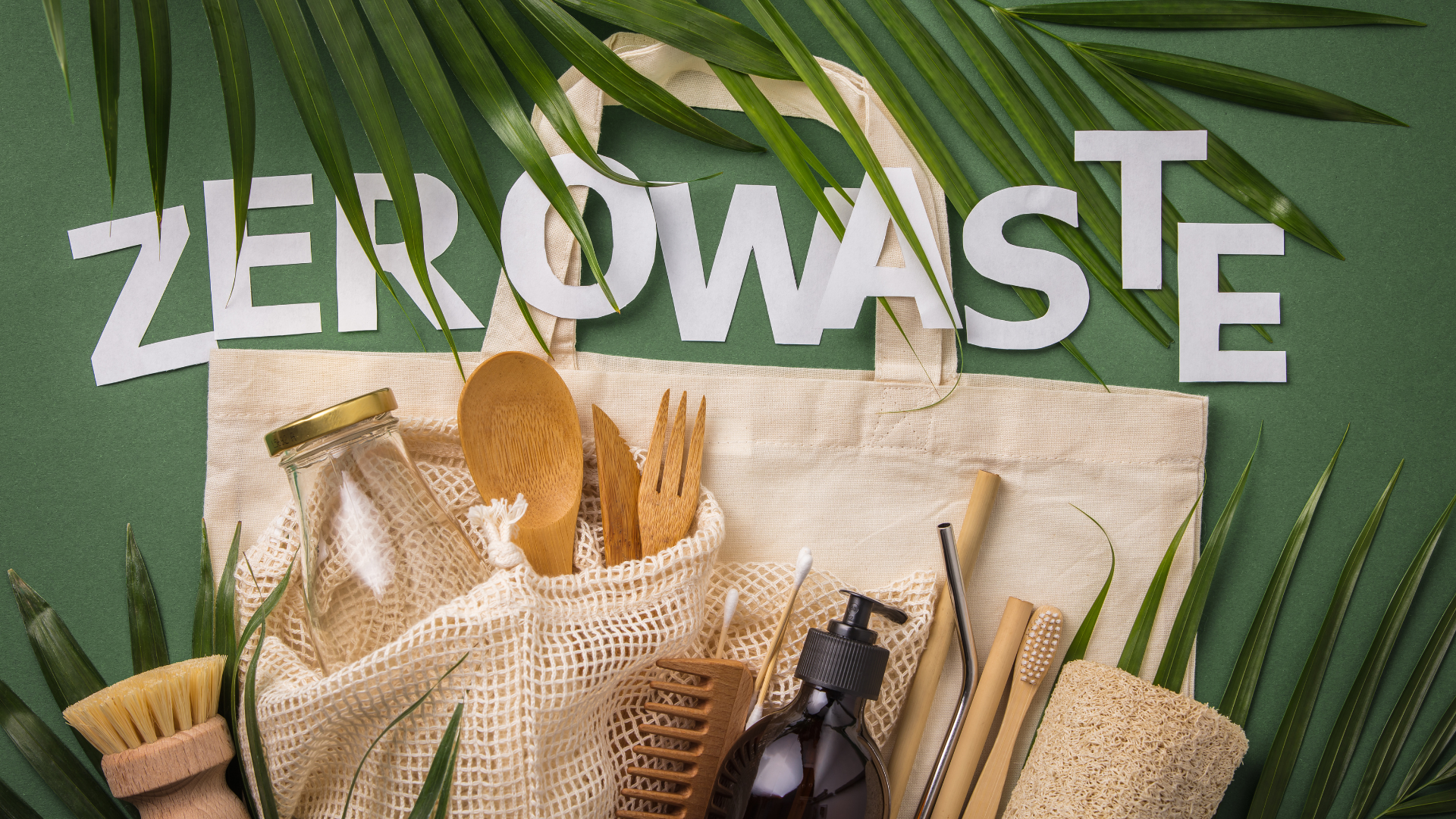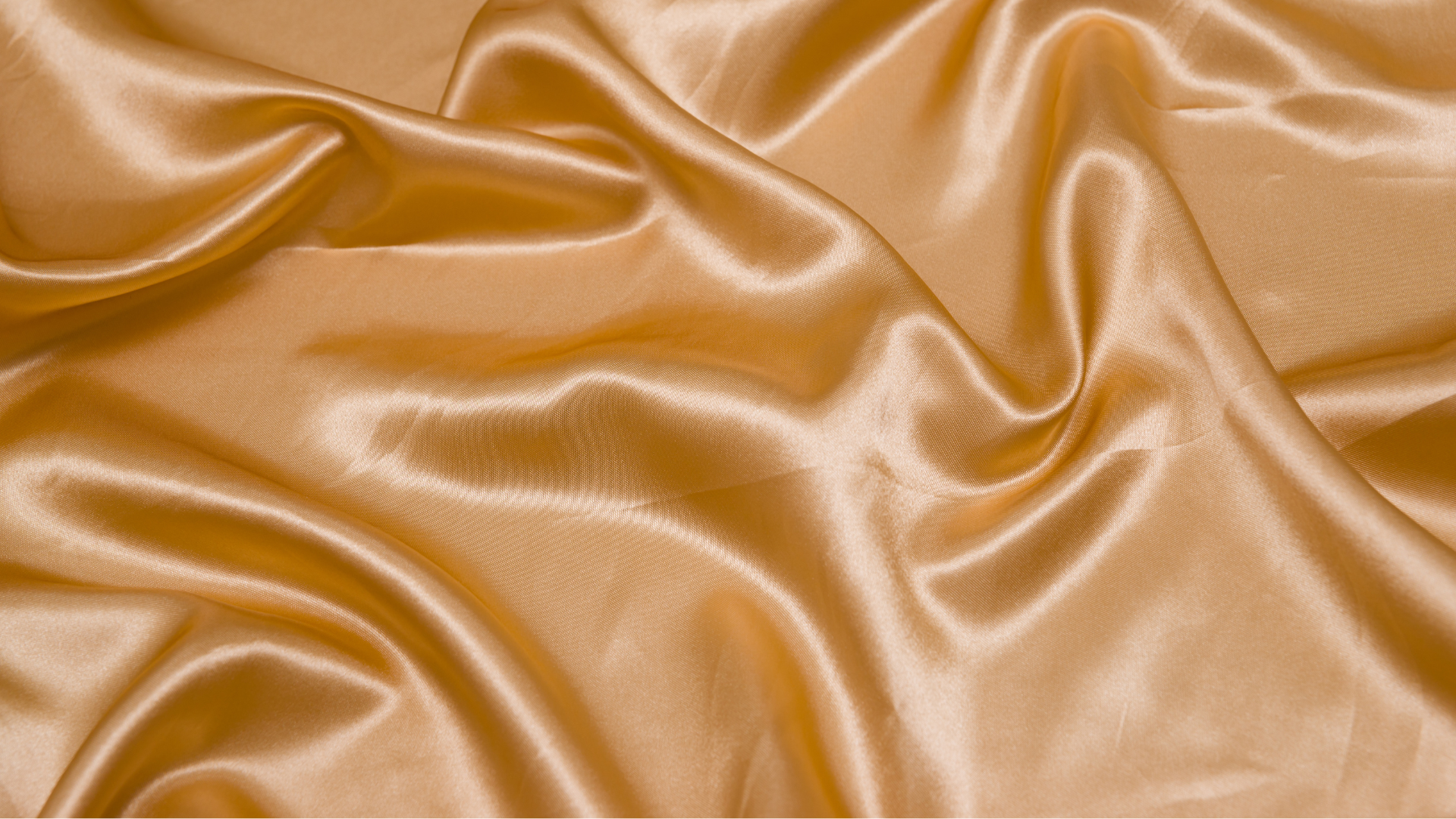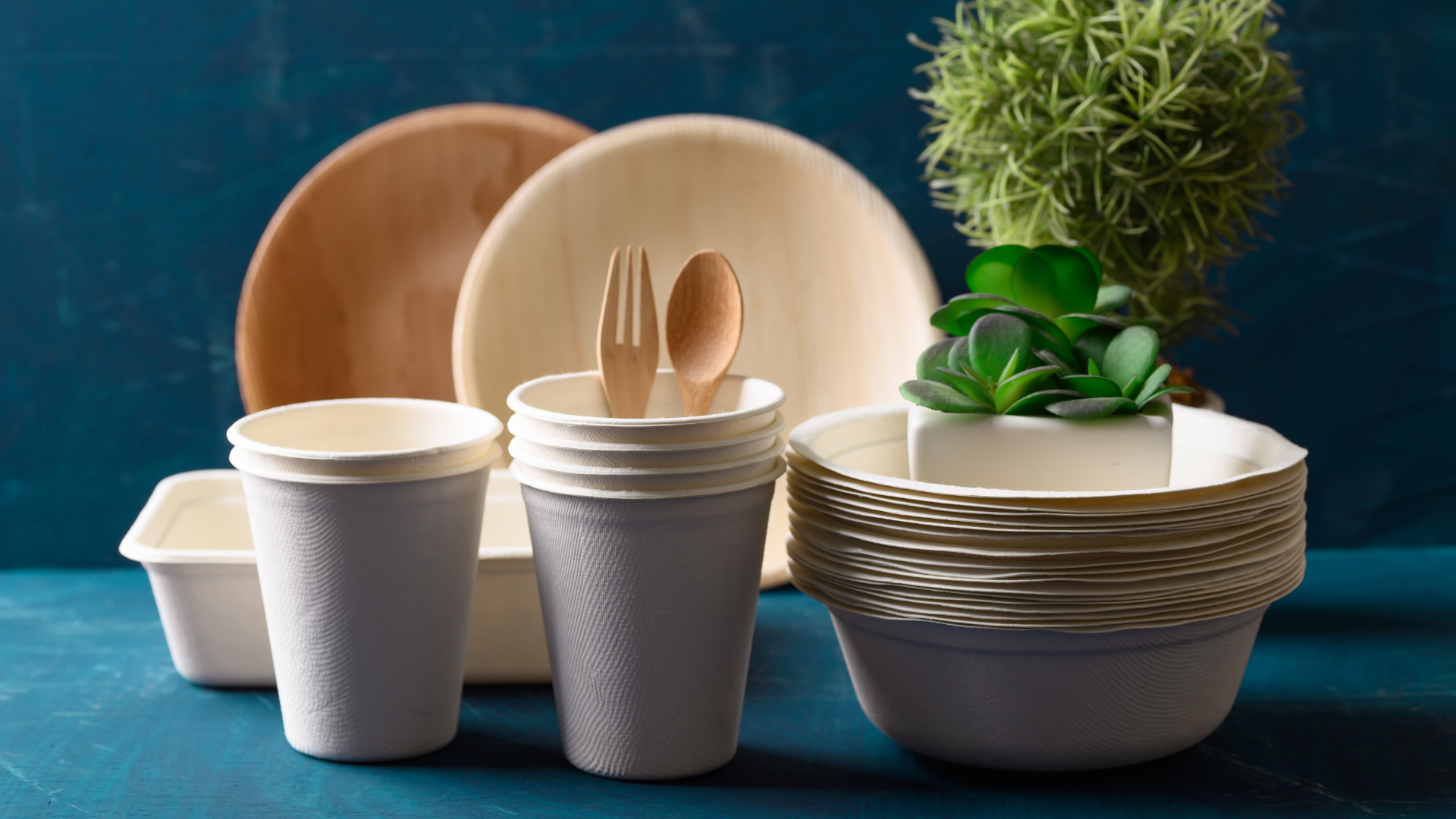Fleece is a popular fabric known for its softness, warmth, and versatility. But what exactly is fleece made from, and how does it relate to polyester? In this detailed exploration, we'll delve into the world of fleece, uncover its connection to polyester, and discuss its environmental impacts and sustainable alternatives.
What is Fleece?
Fleece is a synthetic fabric widely used in clothing, particularly in jackets, sweaters, and blankets. Its ability to retain warmth makes it a favorite for outdoor gear and winter wear. But is fleece polyester? Yes, most fleece is indeed polyester. Let's explore how this material is manufactured and why it's so prevalent in the textile industry.
Manufacturing Process of Fleece
Fleece is typically made from polyester, which is derived from petroleum-based products. The process involves melting polyester pellets and spinning them into threads. These threads are then knitted into a light fabric, which is brushed to raise the fibers, creating a dense, wool-like appearance.
Why is Fleece Made from Polyester?
Polyester offers several advantages that make it ideal for producing fleece:
-
Durability: Polyester fibers are strong and resist abrasion.
-
Moisture-Resistant: Unlike natural fibers, polyester wicks moisture away, keeping the wearer dry.
-
Thermal Insulation: Polyester traps heat efficiently, which is why fleece is excellent for cold weather.
-
Cost-Effective: Polyester is cheaper to produce compared to natural fibers like wool.
Environmental Impact of Polyester Fleece
While fleece is celebrated for its qualities, it also poses environmental challenges:
-
Non-Biodegradable: Polyester is a plastic, and it does not break down naturally in the environment.
-
Microplastic Pollution: Washing fleece releases microfibers into water systems, contributing to the growing problem of microplastic pollution in oceans.
Sustainable Alternatives to Polyester Fleece
Given the environmental issues associated with polyester fleece, several sustainable alternatives have gained popularity:
-
Recycled Polyester: Made from recycled PET bottles, offering a lower environmental footprint.
-
Natural Fibers: Options like organic cotton or wool, though less insulating, are biodegradable and renewable.
-
Plant-Based Synthetics: Innovations such as PLA (polylactic acid) made from fermented plant starch offer a biodegradable alternative to traditional polyester.
FAQs About Fleece and Polyester
Q1: Is all fleece made from polyester?
A: While most fleece is polyester, there are varieties made from other synthetic and natural materials.
Q2: How can I reduce the environmental impact of my fleece garments?
A: Opt for fleece made from recycled materials, and consider using a washing bag to catch microfibers during laundry.
Q3: Are there any biodegradable fleeces available on the market?
A: Yes, biodegradable options are emerging, made from innovative materials like PLA.
Q4: How does fleece compare to wool in terms of warmth and sustainability?
A: Wool is warmer by weight and more sustainable but often more expensive and requires more care than polyester fleece.
Q5: Can fleece be recycled?
A: Yes, fleece made from polyester can be recycled, though the process is complex and not widely available.
Conclusion
Fleece is predominantly made from polyester, a practical but environmentally problematic material. As consumers become more eco-conscious, the demand for sustainable alternatives is rising. By choosing responsibly made fleece or alternative materials, we can enjoy the warmth and comfort of fleece without compromising the health of our planet.
Call to Action
Interested in exploring more about sustainable materials and eco-friendly products? Visit our Sustainable Living blog or check out our Home & Garden section for more insights and eco-friendly solutions.


















